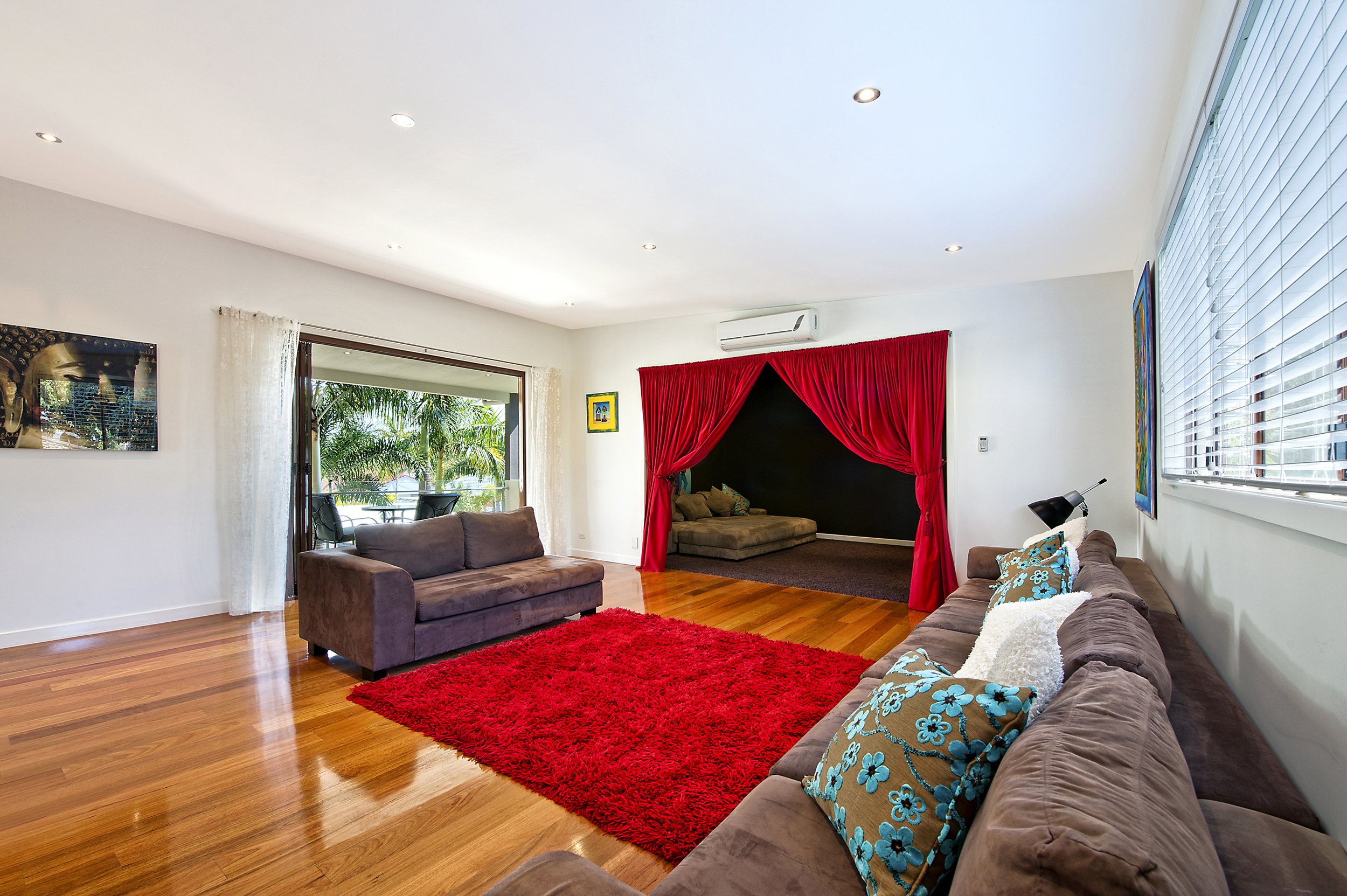

In laymans terms, if Sonic is fast enough he can ignore solid objects because he's too fast to interact with them. If a solid object is in the way it is possible to completely bypass it if no calculated position collides with the object. Whenever the character moves, the new position is calculated based on your current position, speed and acceleration. Every pixel is then divided into 128 subpixels and all movement is calculated with them. The levels themselves are built using "chunks" of 16x16 blocks (256 pixels) in Sonic 1 and 8x8 blocks (128 pixels) in later games. For both of these planes, blocks can be assigned to show in front of the character or behind. Lastly there are two planes (A and B) where B is used for background art and A is the level itself. Additionally every block can be assigned solidity for "path 0" and "path 1".Īll tiles also have an angle assigned to them which is a number between 0 and 256 (FF in hex) for which the games use a table of values for trigonometry calculations. The Sonic playing community generally agrees that this is pretty dumb, and the time spent actually playing the stages is what matters, so these games are timed by taking the sum of the in-game times for each level.įor a further explanation, this video does a good job of explaining why in-game time matters in certain games, particularly in the Sonic franchise.Īll Sonic games work with 3 types of 16x16 pixel blocks Top solid, left/right/bottom solid and all solid. What this means is, in real time it would in fact be faster to wait for the timer to tick over to 30 (or 60), as long as the time you would otherwise get is between 23 and a third (53 and a third) seconds and 30 (60) seconds even. On the act clear screen, the bonus ticks down at a rate of 100 points per frame, and cannot be skipped. Completing a level at 30 (or 60) seconds gives a 10,000 time bonus instead. In all of the classic Sonic games, completing levels very quickly (under 30 seconds in Sonic 1 and 2, and under 60 seconds in Sonic 3 & Knuckles) gives a 50,000 point time bonus. Why we use in-game time and not real time

Select a commonly used tool or configuration.Popovers provide an easy way to present or gather information from the user and are commonly used in the following situations:

The Popover is a view that floats above an app’s content.
SCREEN WRAP GAME MAKER INSIDE ROOM HOW TO
Take a look at the Tabs docs for more info on how to easily achieve this. To use the App Store app on iOS as an example, we can easily navigate to the AppDetailPage that shows info about a specific app from any tab (try it yourself to see!). Unlike traditional routing systems, Ionic’s navigation makes it easy to navigate to a given Page from anywhere in the app without specifying a specific route to it. Navigation can be nested and used inside of complex components like Tabs. When it is triggered, the rest of the page darkens to give more focus to the Action Sheet options.įor more information, Check out the API docs.

The Action Sheet always appears above any other components on the page, and must be dismissed in order to interact with the underlying content. Action Sheets can sometimes be used as an alternative to menus, however, they should not be used for navigation. Action SheetsĪction Sheets slide up from the bottom edge of the device screen, and display a set of options with the ability to confirm or cancel an action. Once you’re familiar with the basics, head over to the API docs for ideas on how to customize each component. Check out the examples below to see what each component looks like and to learn how to use each one. Ionic comes with a number of components, including modals, popups, and cards. Components allow you to quickly construct an interface for your app. Ionic apps are made of high-level building blocks called components.


 0 kommentar(er)
0 kommentar(er)
